What to record
What makes a record might vary between different birdwatchers and recorders but at its simplest level a useful record would include the species name, date, place and number. Information like age, sex and direction of flight will add value to the record too.
For BirdTrack we would like you to keep a list of all the species you see and hear each time you go out birdwatching (a complete list). You can then enter the list on the website and tick the box on the form to say you made a complete list of all the birds that you recorded. Lists are valuable because the proportion of lists with a given species provides a measure which removes much of the effect of birdwatching effort. Swallow data on spring arrivals recorded during the BTO/BWI Migration Watch project provide a good example of this. Numbers of Swallow records increased as Swallows arrived but then decreased as recorders reduced their recording effort after the main arrival period (graph 1). However, if we look at the proportion of lists with Swallows (graph 2) this increased as Swallows arrived and then levelled off, indicating that Swallows occurred at a similar frequency throughout the breeding season.
We can make much better use of your data if you provide such a complete list. Please note that this only needs to be a complete list of the birds seen and heard by you, not everything that was in the area.
Sometimes it may not be possible to record every species on a visit. We would still like you to enter these partial lists onto the website but you should not tick the box so we know that you did not record all species present. These data are still valuable but can be used for fewer purposes than can complete lists.
By recording regularly throughout the year you should be able to record arrival dates of summer visitors in spring, last dates of summer visitors in autumn, arrival dates of winter visitors in autumn and last dates of winter visitors in spring. With birdwatchers recording across Britain and Ireland we will be able to see how birds move across the country and how the timing of arrivals and departures varies between years.
Where possible, try to count the numbers of birds present. Although recording the presence of a species by simply ticking the box is adequate for many of our analyses, more accurate counts will allow us to undertake more detailed studies in the future. We will also be passing on records from BirdTrack to county recorders (from those observers who have given permission only) so counts will be valuable to them. Estimates of birds can also be included eg c150 Golden Plover (about 150 Golden Plover) or 25+ Meadow Pipit (at least 25 Meadow Pipits and probably more). It is most useful to count species where most of those individuals present are visible (eg waders, ducks) and where you cover the same areas on each visit to a site. It is also useful to record numbers of the scarcer species that you encounter. If you plan to count small passerines we recommend that you standardise your recording methods and route as far as possible. Projects such as the BTO/JNCC/RSPB Breeding Bird Survey and the similar Countryside Bird Survey in the Republic of Ireland have developed specific methods for counting such species.
The comments box against each species can also be used to record things such as:
- Species in unusual circumstances or exhibiting unusual behaviour
- Evidence of breeding eg counts of occupied holes of colonial species, nest building, feeding young, fledged young
- Numbers of different age or sex groups
- Note on unusual plumages or moult
- Anything else you want to record

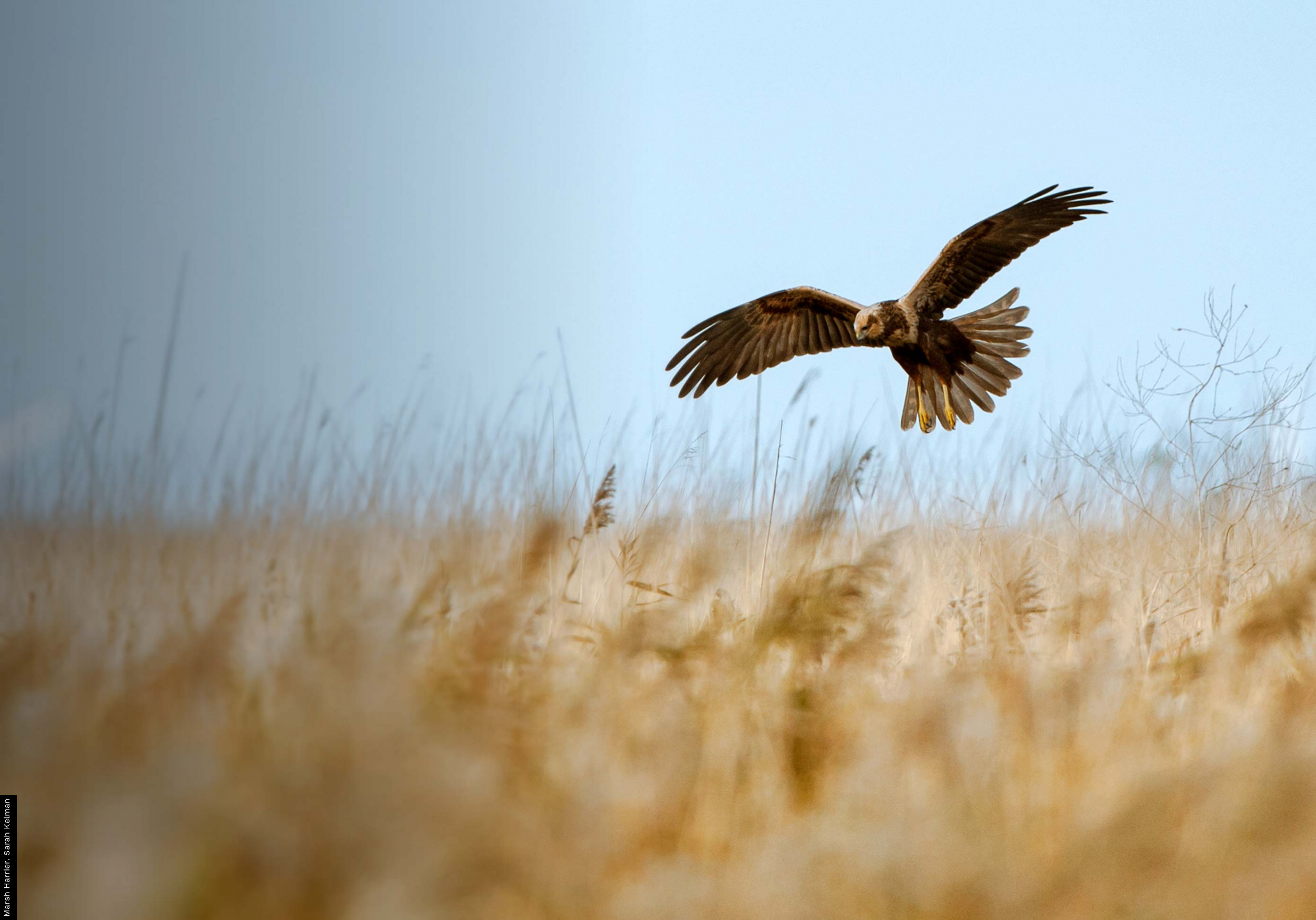


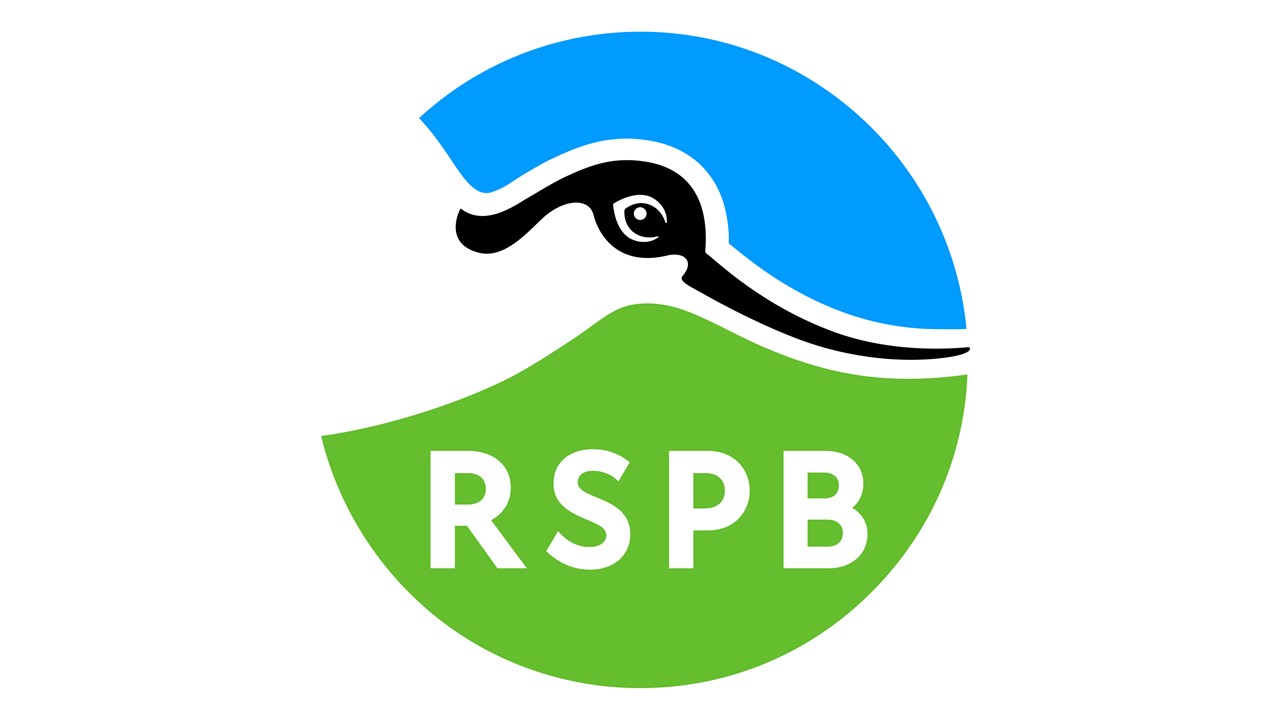
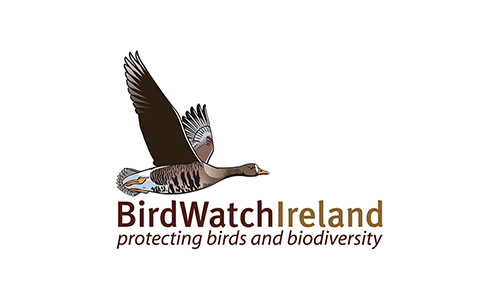

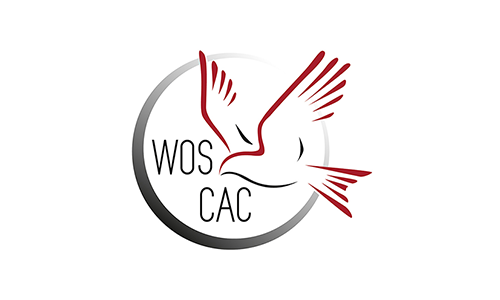
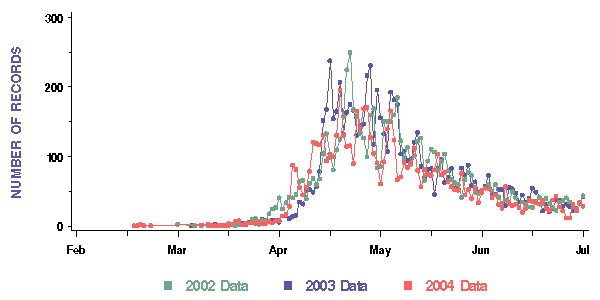
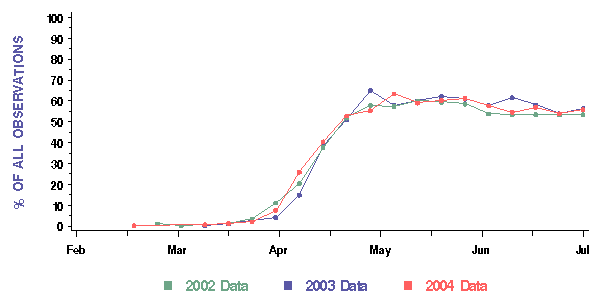
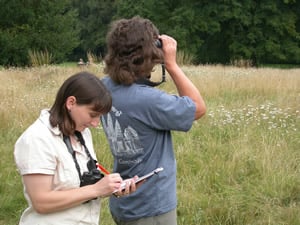




Share this page